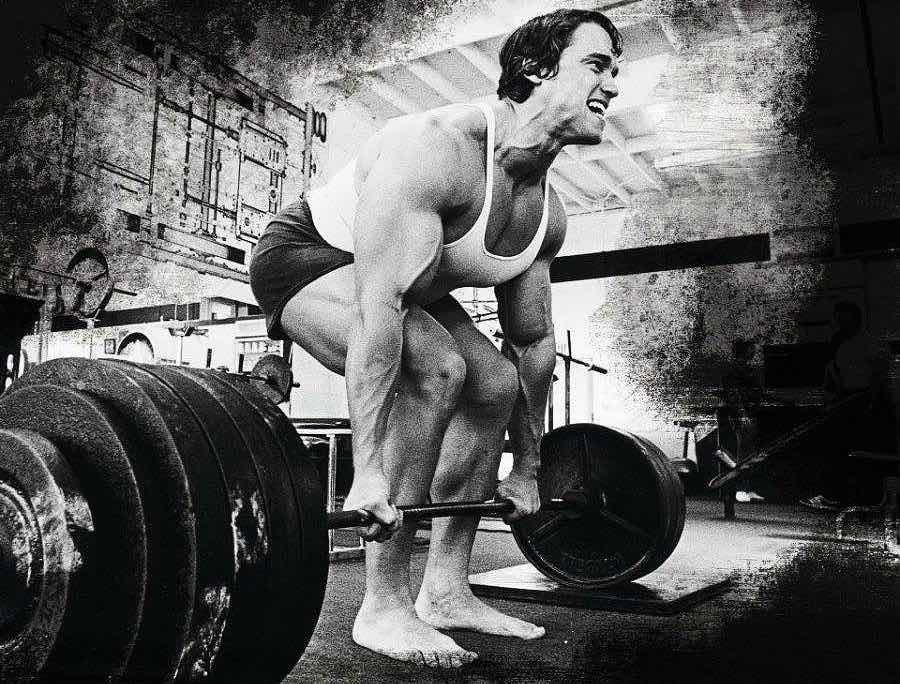Story at a glance…
-
Unlike in running, there’s less debate about whether lifting or conditioning barefoot helps.
-
Exercises can be used to repair damage in the feet done from excessive disuse.
-
After, implementing one’s feet and toes into lifts can offer increased strength and performance.
This is part two of a two-part series on the observed evidence behind the rise in barefoot running and training in the strength, conditioning, and running communities. Part one can be found here…
The human foot is one of the most charismatic parts of the body, and many problems, from plantar fasciitis, to shin splints, to lower back pain can often stem from a weak foot, a collapsed arch, or a poor walking/running gait.
A rise in the awareness of our society’s poor overall foot health has spawned foot training programs, equipment, and a trend of incorporating the strength of our feet into existing strength and conditioning staples like the deadlift and squat.
However the story is not one exclusively of fitness nerds, hippies, and hunter-gatherers (all groups who like to walk around barefoot) but it also pertains to modern society as a whole. We know for example, that deformations in the feet can arise from all manner of modern footwear, from bunions to collapsed foot arches.
“What we’ve seen in clients is instant improvements in stability, so clients that struggle to balance on one leg or any kind of stability work, as soon as they kick their well-cushioned shoes off that improves significantly,” recounts Noelle McKenzie, a co-founder of Leading Edge Personal Trainers in New York City. “And as a result it also helps with stability in the knee and the hips”.
“Our feet are meant to be spread and we should be able to move our toes like we move our fingers, like the dexterity of our hands, we evolved with that ability,” adds Noelle’s business partner and Husband, Kern, “but we lose it because we keep our feet in shoes for so long; tight shoes”.
Noelle and Kern often find themselves working with clients on improving the musculature in their feet in order to repair the damage that poor development has done elsewhere; in their knees, hips, and even back.
“Our feet have so many bones and joints for a reason,” says Kern. “They’re meant to be moving, flexing, and supporting our body weight”.
Of course this is a theory based on the fact that our feet must be able to work because natural selection designed them this way. However one of the major reasons that this isn’t already transforming the footwear industry is that published science continually demonstrates itself to be at odds with this simple evolutionary principle.





